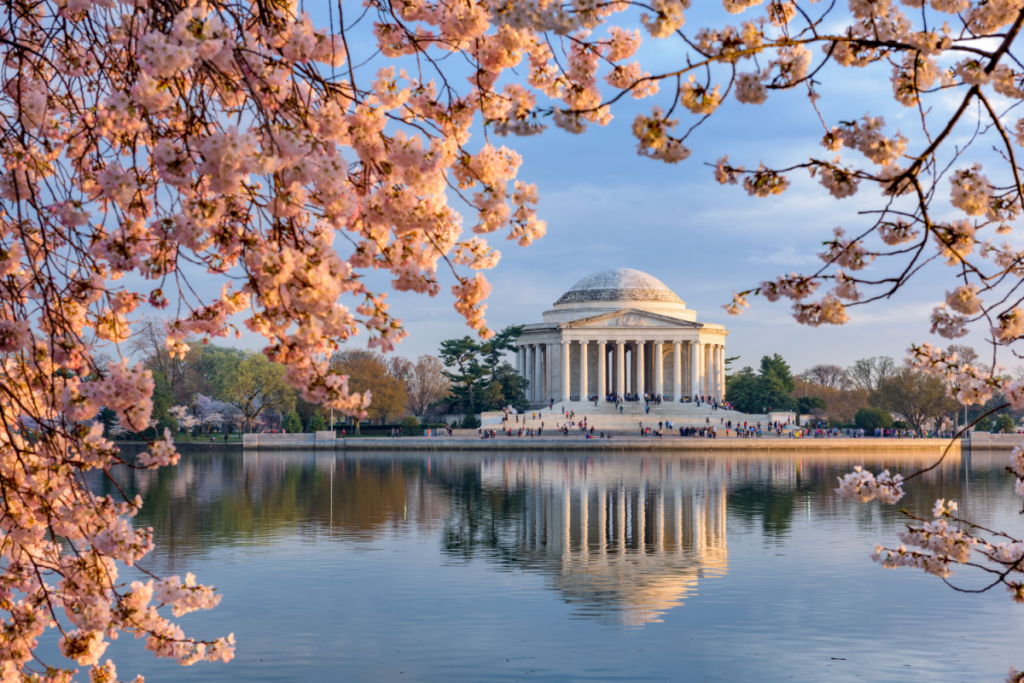Economic Weakness Spreads Across Key Regions
Nearly two dozen U.S. states are already in recession or on the brink of one, according to Mark Zandi, chief economist at Moody’s Analytics. His latest analysis suggests that 22 states — representing about one-third of the nation’s total GDP — are either contracting or showing signs of severe economic slowdown.
The states span the entire country, from Washington to Virginia to Maine, reflecting a broad and uneven downturn. Zandi attributes the weakness to a combination of slowing immigration, rising tariffs, and federal job cuts, which together are straining regional economies.
While the broader U.S. economy remains officially out of recession and unemployment at the national level was just 4.3% in August, the data highlight deep regional disparities that could foreshadow a national downturn if conditions worsen.
How the Analysis Was Conducted
Zandi created a custom index to simulate how the National Bureau of Economic Research determines recessions. His model integrates state-level job data along with indicators such as industrial production, personal income, and housing starts. Additional factors — including credit card delinquency rates, port activity, and migration trends — were used to refine each state’s classification.
States that received negative index scores were placed in the “recession” category, while others were categorized as “treading water” or still expanding. Zandi noted that although employment data carry the most weight, they do not tell the full story. “It’s a subjective assessment,” he said, adding that it mirrors the judgment calls made by official recession committees.
Industries and Regions Under Pressure
The hardest-hit areas tend to rely heavily on agriculture and manufacturing — sectors that are particularly vulnerable to tariff hikes and export restrictions. States such as Iowa, Kansas, and South Dakota have faced pressure from declining farm exports and supply chain disruptions.
Manufacturing centers like Georgia, Illinois, and Oregon are also struggling, as higher input costs and trade uncertainties weigh on output. Meanwhile, states dependent on federal employment, including Virginia and Maryland, have been affected by government workforce reductions. Washington, D.C., recorded the nation’s highest unemployment rate in August at 6%.
Where Growth Remains Resilient
A handful of states continue to expand, supported by population growth and strong consumer activity. Texas and Florida stand out as examples of resilience, driven by steady migration inflows and ongoing business investment.
New York and California, however, occupy a precarious middle ground. Zandi classifies both as “treading water,” sustained for now by wealth effects from a robust stock market. California’s unemployment rate remains high at 5.5%, while New York’s sits just below the national average at 4%.
“If New York and California turn down, the nation’s going into recession,” Zandi cautioned, underscoring their outsized influence on the national economy.
Near-Term Outlook
While the U.S. economy overall is still expanding, Zandi believes the line between growth and contraction is becoming increasingly thin. “My takeaway is not that the economy is in recession, but it’s pretty darn close,” he said.
With key data releases delayed by the ongoing federal shutdown, analysts and policymakers are left relying on partial indicators to gauge the economy’s trajectory. The coming months could determine whether the current slowdown remains regional — or evolves into a nationwide recession.


